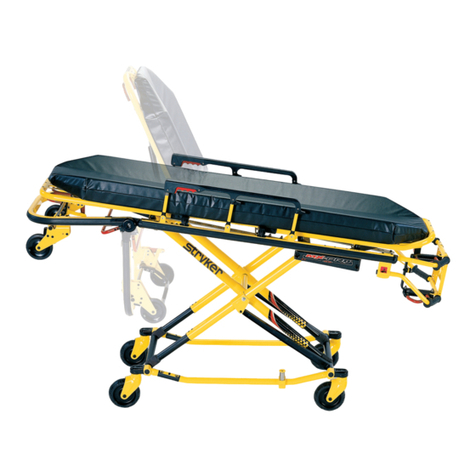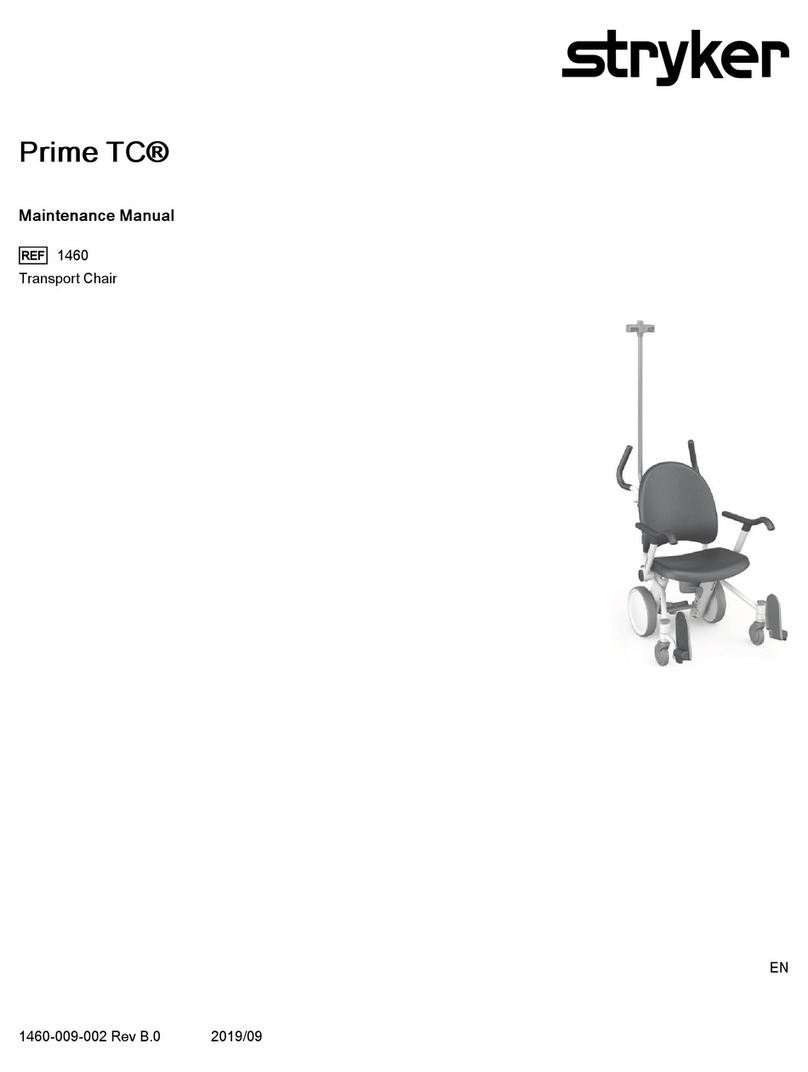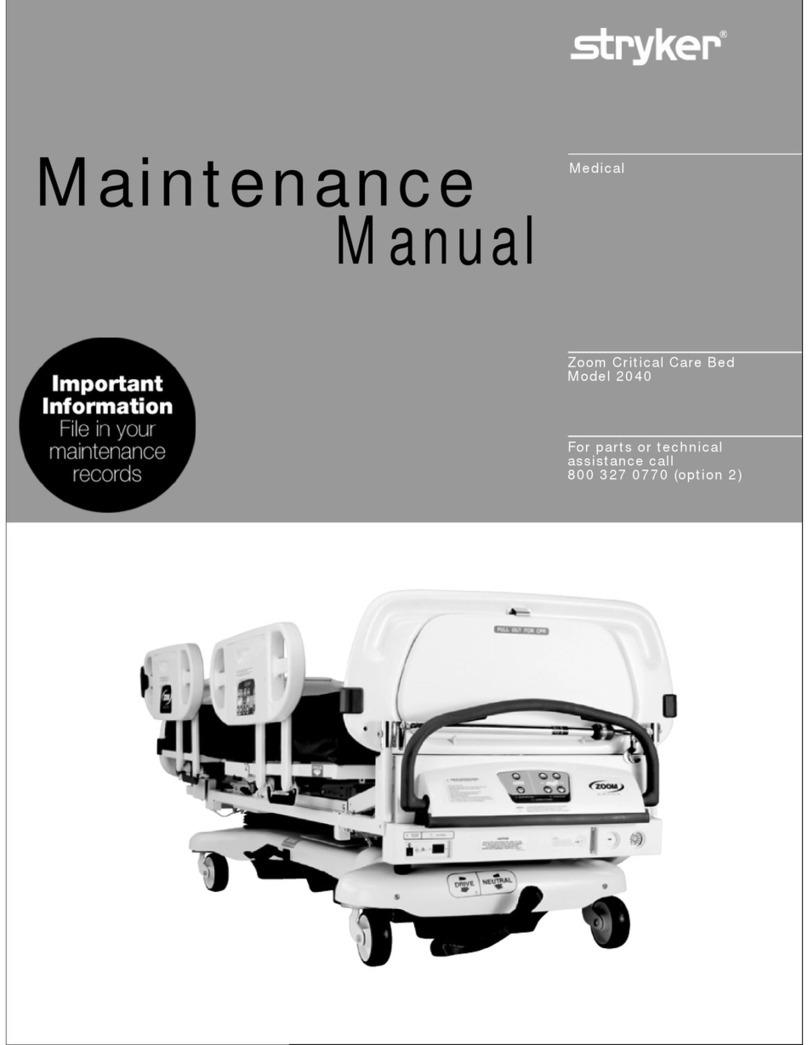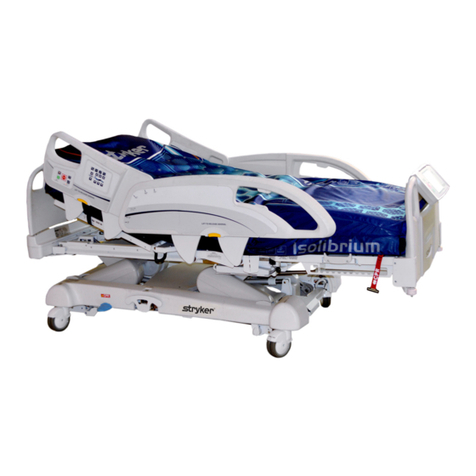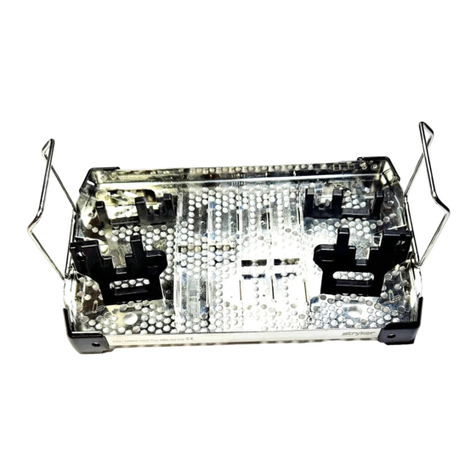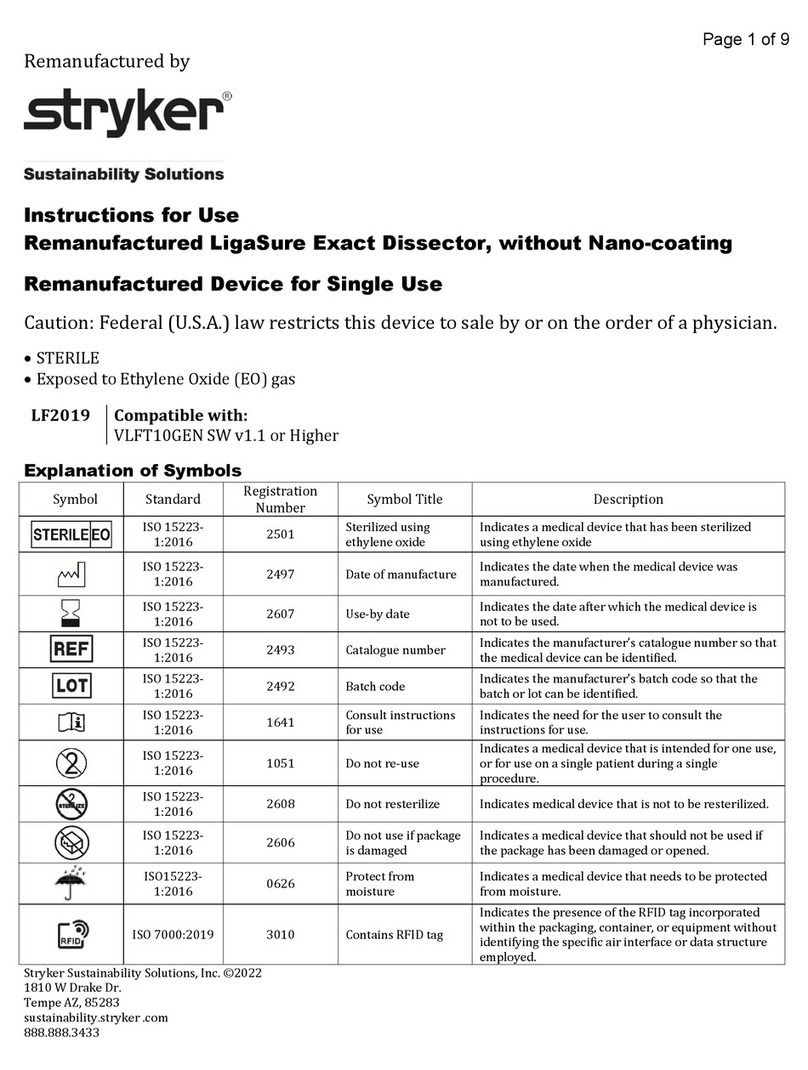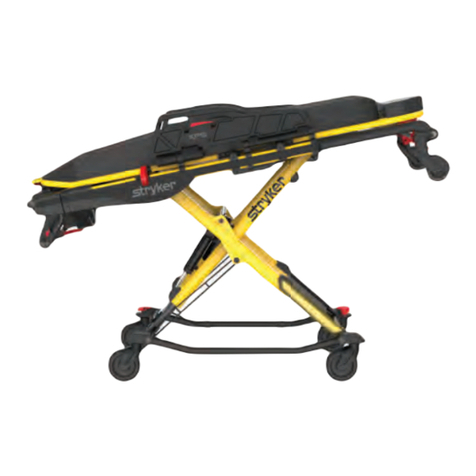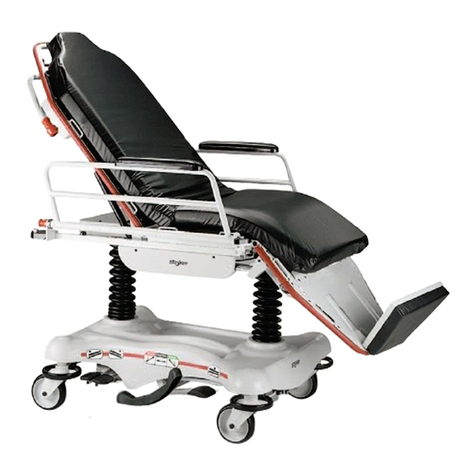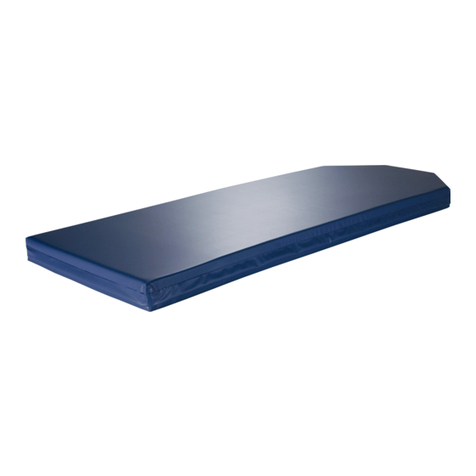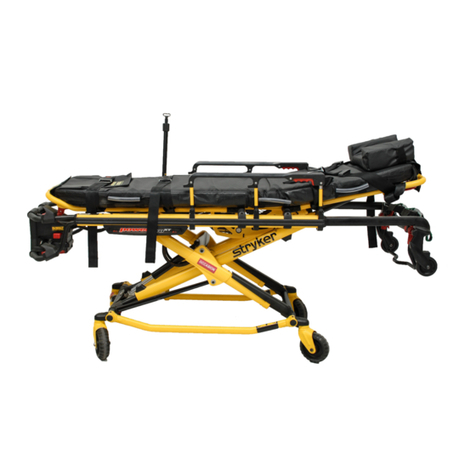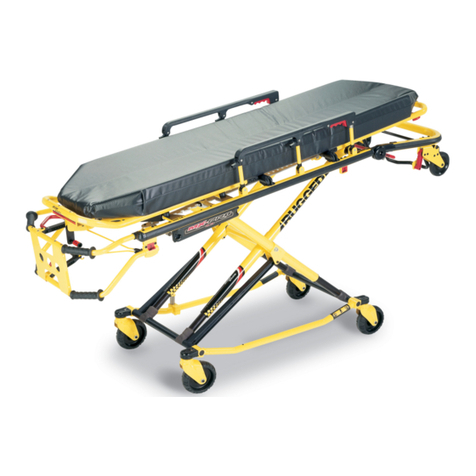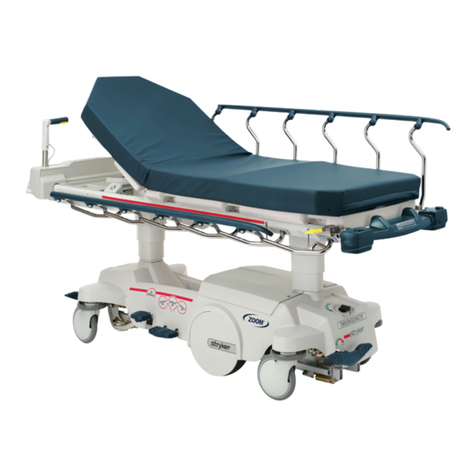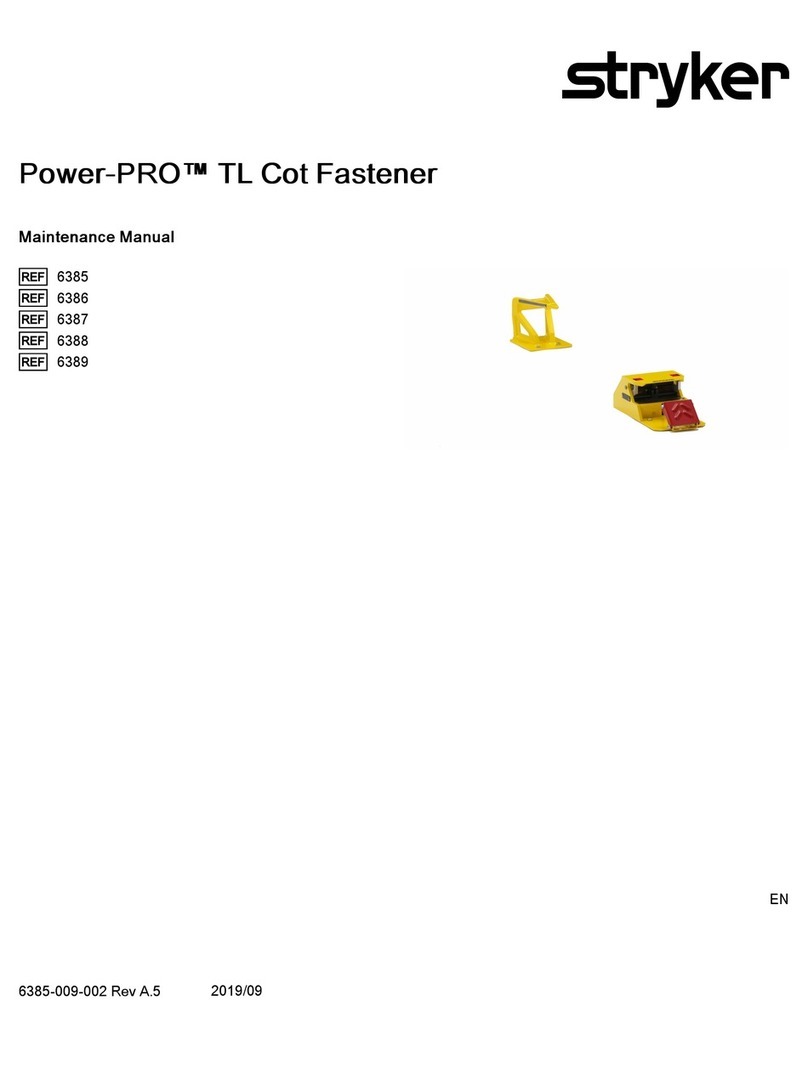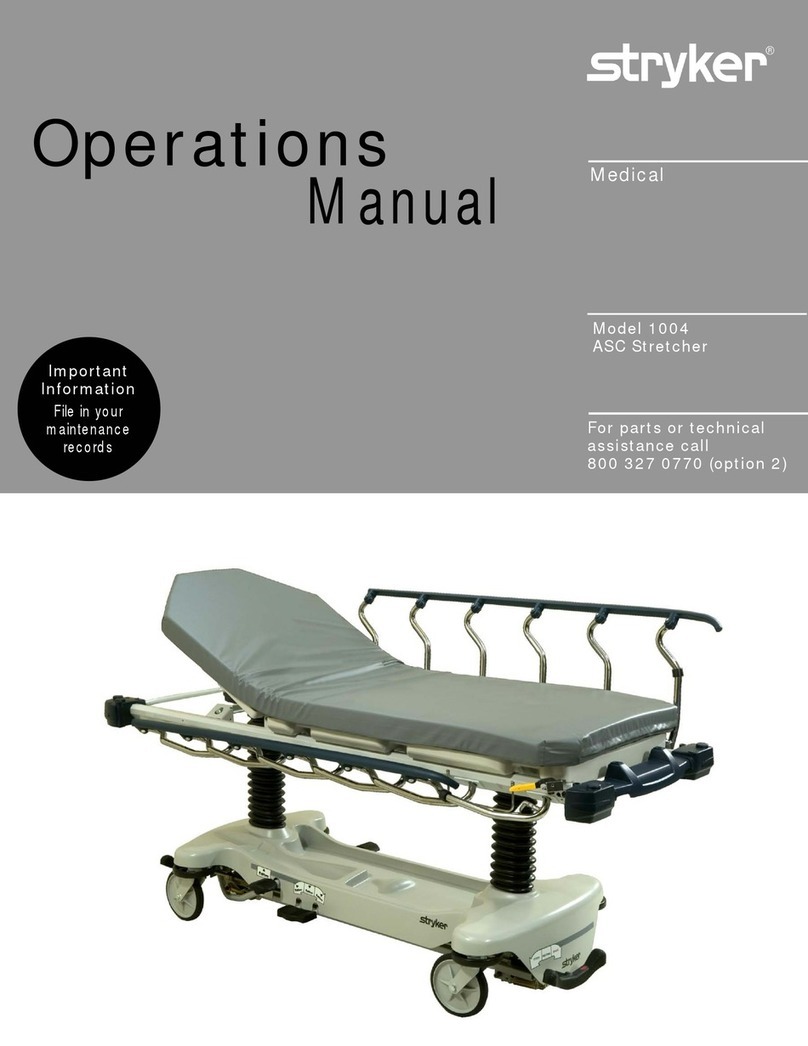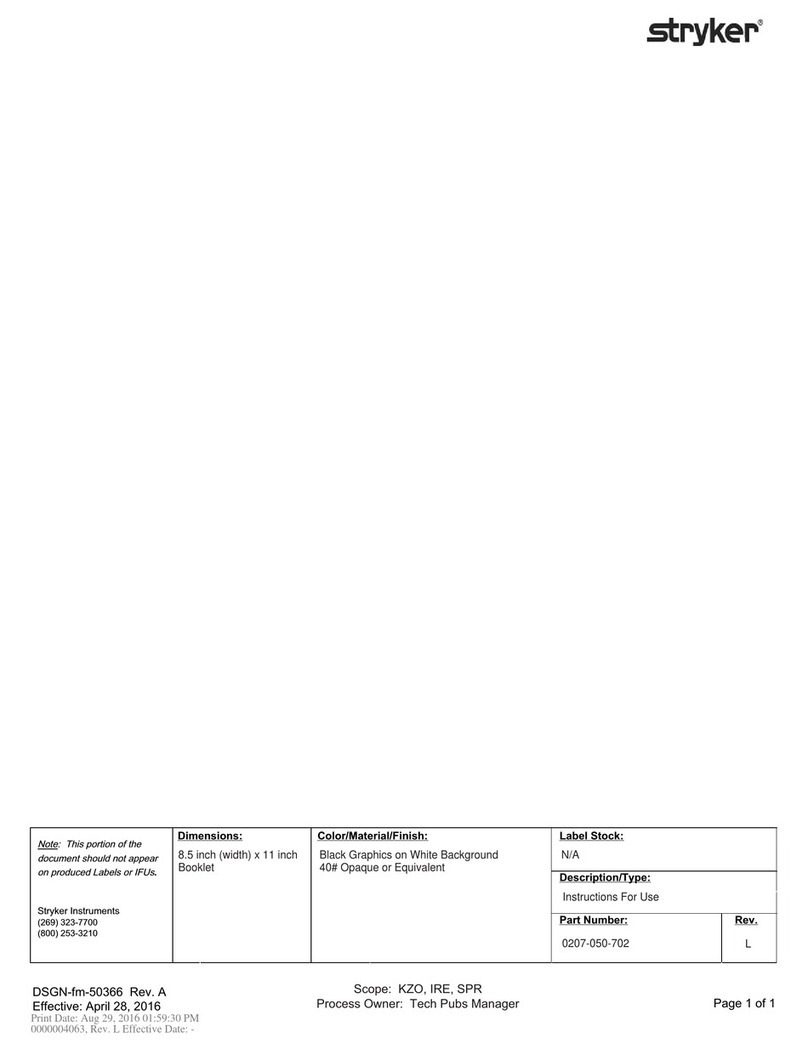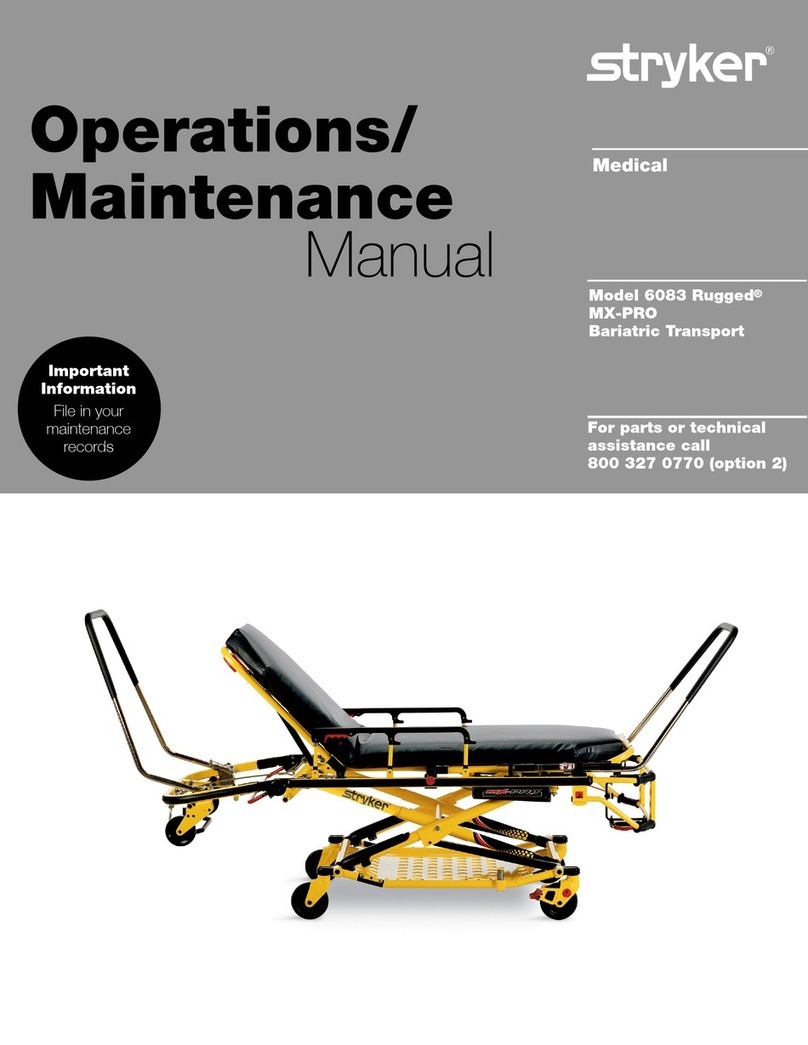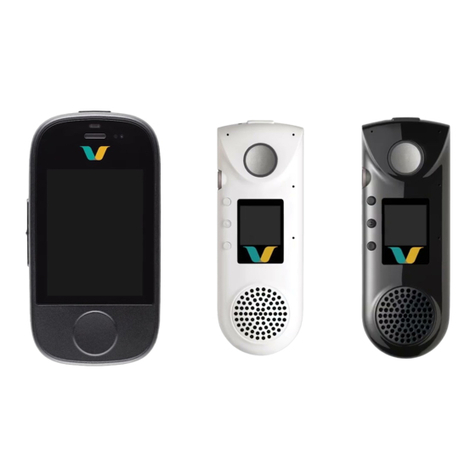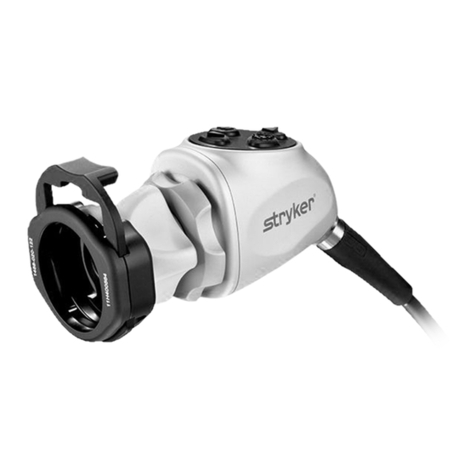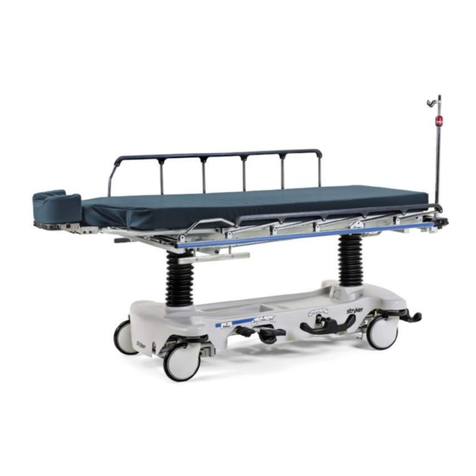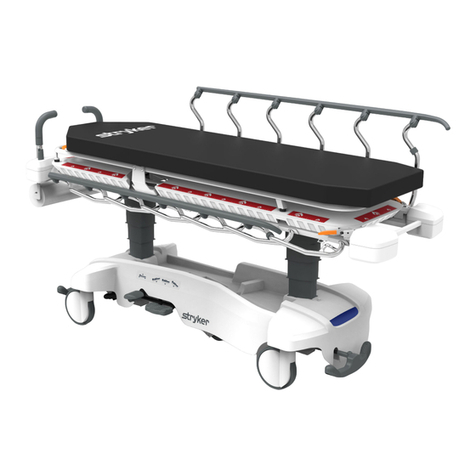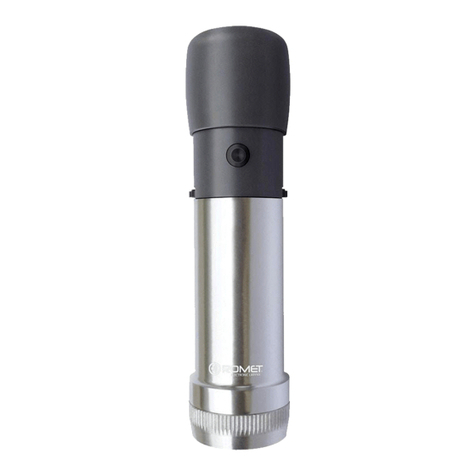
WWaarrnniinngg//CCaauuttiioonn//NNoottee DDeeffiinniittiioonn
The words WWAARRNNIINNGG,CCAAUUTTIIOONN, and NNOOTTEE carry special meanings and should be carefully reviewed.
WWAARRNNIINNGG
Alerts the reader about a situation which, if not avoided, could result in death or serious injury. It may also describe
potential serious adverse reactions and safety hazards.
CCAAUUTTIIOONN
Alerts the reader of a potentially hazardous situation which, if not avoided, may result in minor or moderate injury to the
user or patient or damage to the product or other property. This includes special care necessary for the safe and effective
use of the device and the care necessary to avoid damage to a device that may occur as a result of use or misuse.
NNoottee -- Provides special information to make maintenance easier or important instructions clearer.
SSuummmmaarryy ooff ssaaffeettyy pprreeccaauuttiioonnss
Always read and strictly follow the warnings and cautions listed on this page. Service only by qualified personnel.
WWAARRNNIINNGG
• Always replace the cot fastener if it has been involved in an accident.
• A height limit kit is recommended for vehicle deck heights less than 30 in. (67 cm).
• Always install the cot fastener by qualified personnel only. Improper installation could result in injury to the patient or
operator.
• Always make sure that all cots meet the installation specifications for the Stryker cot fastener system.
• Always adjust the rail clamp assembly to match the cot retaining post position for the cot manufacturer and model
number.
• Always adjust the mounting location to maintain the proper position of the vehicle safety hook face when you replace an
existing vehicle safety hook with a new style.
• Always have a certified mechanic, familiar with ambulance vehicle construction, install the vehicle safety hook to avoid
injury to the patient or operator.
• Always consult the vehicle manufacturer before you install the vehicle safety hook. Make sure that the installation of the
vehicle safety hook does not damage or interfere with the brake lines, oxygen lines, fuel lines, fuel tank, or electrical
wiring of the vehicle.
• Do not modify the cot or the vehicle safety hook. If the cot safety bar does not connect with the vehicle safety hook in any
of these positions (left, center, or right), modify the vehicle.
• Always make sure that the cot safety bar connects with vehicle safety hook every time before you install the vehicle
safety hook.
• Always make sure that the cot safety bar connects with the vehicle safety hook before you remove the cot from the
vehicle patient compartment to avoid the risk of injury.
• Always use screws that are long enough to go through the vehicle patient compartment floor, washer, and nut, with at
least two full threads in the nut. The socket head cap screw length depends on the thickness of the vehicle floor.
• Do not use screws smaller than the 3/8 in. diameter specified to anchor the floor plates.
• Do not use a screw smaller than the 5/16 in. diameter specified to anchor the wall plate.
• Do not allow the rail clamp to overlap the red adjustment limit label on the rail tube. To prevent the rail jaws from
releasing the cot frame, the space between the rail clamp and the rail stationary jaw must never exceed 1 in. (2.5 cm).
• Do not use hand or fingers to press the release button when the rail jaws are open. The rail clamp fastener closes with a
strong spring action.
• Always test the fastener using AMD Standard 004 as a minimum. Improper testing can result in injury.
CCAAUUTTIIOONN
• Improper usage of the product can cause injury to the patient or operator. Operate the product only as described in this
manual.
EN 2 6370-109-005 Rev D.0
